Español
The unexplored side of Nusa Tenggara: Beyond Bali
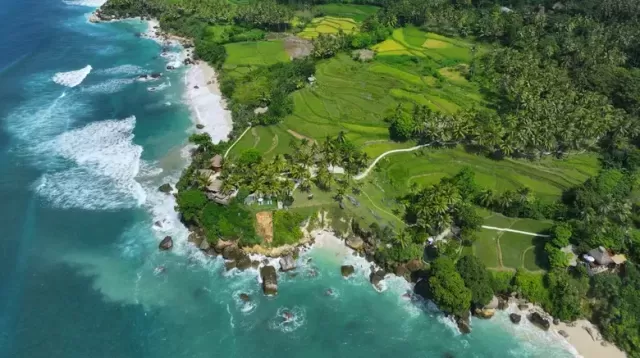
If you're looking for the most authentic and untamed essence of Indonesia, your journey begins where mass tourism ends. Nusa Tenggara is an archipelago of raw experiences, where the landscapes take your breath away and the cultures remind you that you're in a truly unique place. This is a practical guide to exploring three of its main destinations: Komodo, Flores, and Sumba. I'll tell you how to get around, what to expect, and how to prepare for a trip that demands flexibility but rewards you immensely.
General Tips for Nusa Tenggara
Currency:
Bring enough cash in Indonesian rupiah (IDR). ATMs are scarce outside major cities and virtually nonexistent in rural Sumba.
Connectivity:
Purchase a local SIM card upon arrival in Bali or Labuan Bajo. The signal is unreliable and disappears completely in many areas of Sumba.
Climate and best time to visit Nusa Tenggara:
The region has a tropical climate. The dry season (April to November) is undoubtedly the best time to visit. The days are sunny, the sea is calm, and the dirt roads are passable. The wet season (December to March) brings heavy rains, rough seas that may cancel excursions, and high humidity. The average daytime temperature throughout the area is around 28-32°C year-round.
1. Labuan Bajo (Flores):
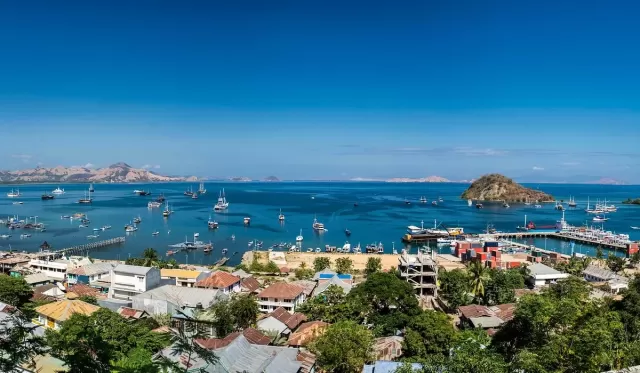
This fishing village on the west coast of Flores is the gateway to Komodo National Park. Its airport (LBJ) receives flights from Bali and other islands. It has developed considerably, but retains a chaotic and vibrant atmosphere. From here, you'll organize all your island tours.
Transport:
The easiest way to get around town is by motorbike taxi using the Grab app. For longer distances or groups, negotiate the price with local car drivers.
Accommodation:
If you're sensitive to noise, avoid hotels right on the main street. The mosque's dawn prayers are powerful. A better option is to stay in the nearby hills, where you'll find more peace and quiet, although you'll be farther from the port.
Tours:
Always haggle over the price of boat tours and packages. Compare offers from several agencies. Be wary of any "extras" they try to charge you at the end, such as a supplement for watching the bats emerge at sunset, a spectacle that can be seen for free from the boat.
2. Komodo National Park:
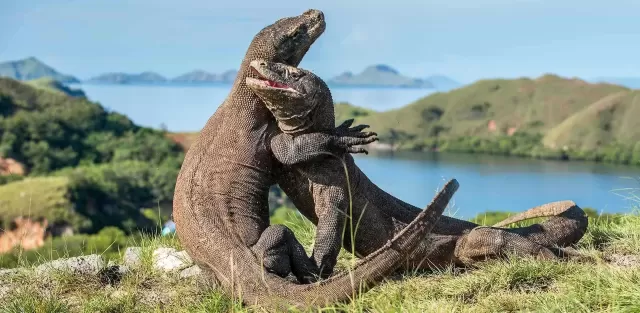
This UNESCO World Heritage Site is famous for its Komodo dragons, but it also boasts some of the most dramatic marine life and landscapes in the country. The temperature here is similar to that of Labuan Bajo, around 30°C , but the heat index on the islands can be higher due to direct sunlight. The best time to visit is during the dry season (April to November) , when the sea is calm and trekking is safer.
Day 1:
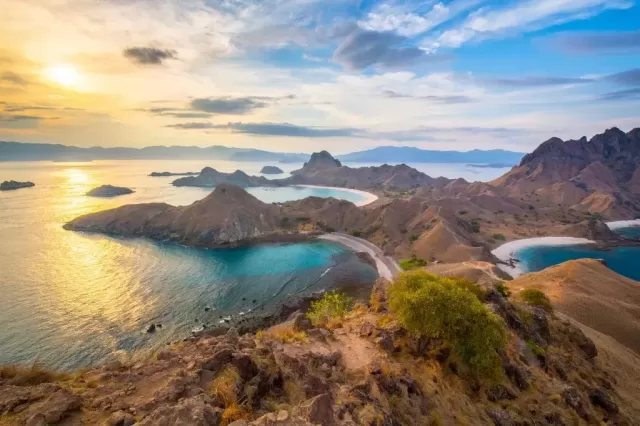
The Essential Triad: Almost all day tours include these three stops.
Padar Island: You'll climb its highest hill. The hike is short but steep and under a blazing sun. The reward is one of Indonesia's most photographed panoramic views, with three bays of white, black, and pink sand converging.
Pink Beach: The beach owes its pink color to fragments of red coral mixed with the white sand. It's a good place for snorkeling, but the surf can be strong, so be careful.
Komodo Island or Rinca: This is where you'll walk among wild Komodo dragons. It's mandatory to be accompanied by a park ranger. Follow their instructions to the letter: keep your distance, don't stray from the group, and avoid approaching them if they are hunting or eating.
Day 2:
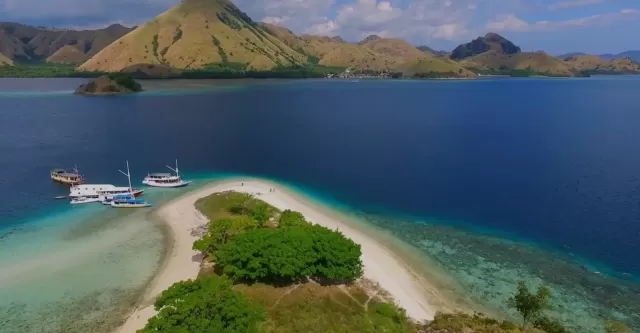 Sunsets and Marine Adventures: For this, you'll need a multi-day tour or a dedicated afternoon excursion. Kelor Island: This small island features a short but steep trek. The 360-degree view from the top, overlooking turquoise waters, is totally worth the effort. On the beach, it's common to see baby sharks swimming close to shore; they are harmless. Sunset with Bats: At sunset, thousands of fruit bats take flight from Kalong Island in search of food. It's a mesmerizing natural spectacle that you shouldn't miss, even on a cloudy day.
Sunsets and Marine Adventures: For this, you'll need a multi-day tour or a dedicated afternoon excursion. Kelor Island: This small island features a short but steep trek. The 360-degree view from the top, overlooking turquoise waters, is totally worth the effort. On the beach, it's common to see baby sharks swimming close to shore; they are harmless. Sunset with Bats: At sunset, thousands of fruit bats take flight from Kalong Island in search of food. It's a mesmerizing natural spectacle that you shouldn't miss, even on a cloudy day.
Day 3
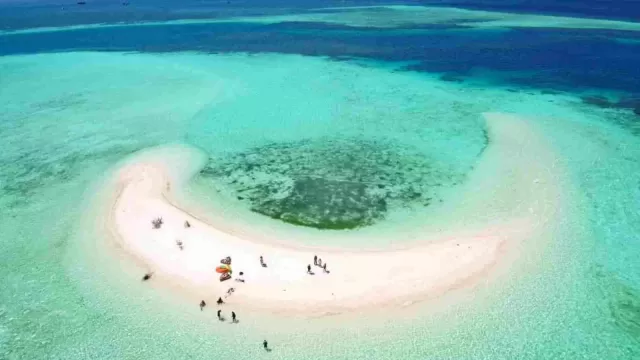
Underwater Paradise: These stops are usually included in multi-day tours. Taka Makassar: This is a sandbar of fine, white sand in the middle of an intense turquoise sea. The snorkeling around it is excellent, with schools of fish and small sharks. Manta Point: This is the place to swim with manta rays. The experience is unforgettable, but it is only recommended for divers or snorkelers in good physical condition. There are strong currents and challenging waves. The golden rule is to always stay close to your guide.
3. Sumba:
Getting to Sumba is the first part of the adventure. You'll fly from Bali (DPS), Kupang (KOE), or Ende (ENE) to one of its two airports: Tambolaka (TMC) in the southwest or Umbu Mehang Kunda (WGP) in the east, with airlines such as Nam Air or Wings Air. Sumba is raw, authentic, and culturally intense. The temperature is similar to the rest of the region, but be prepared for high humidity. The dry season (April to November) It is crucial to visit it, as the dirt roads become impassable during the rains.

What to Expect: Forget about luxuries. The infrastructure is basic: simple but clean accommodations, authentic local food, and few shops. Internet access is a luxury that disappears in rural areas.
Living Culture: This island is famous for its wild horses, its megalithic villages where ancestral rituals are still practiced, and its traditional architecture with very high ceilings.
4. The Treasures of Sumba:
To explore Sumba, you'll need to hire a driver-guide with a 4x4 vehicle. Don't try to do it on your own; the roads aren't well signposted and the lack of connectivity will leave you lost.
Weekuri Lagoon:
A natural saltwater lagoon of a surreal turquoise color, separated from the sea by a barrier of porous rocks. It's a perfect place for swimming and floating safely.
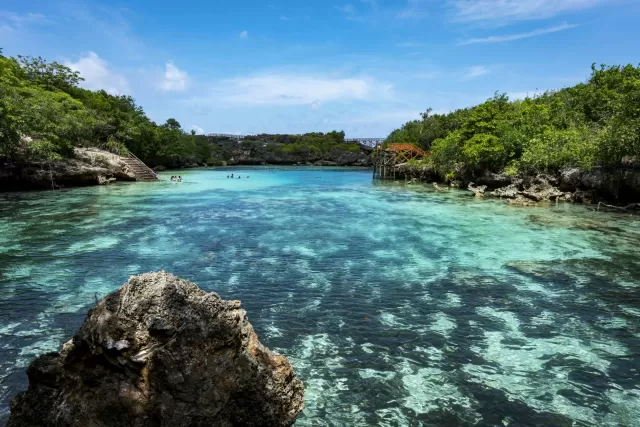
Ratenggaro Village:
A traditional village that seems frozen in time. Its houses have soaring thatched roofs and scattered funerary megoliths. The Marapu (animist) culture is still very much alive here. Remember to dress conservatively and always ask permission before taking photographs.
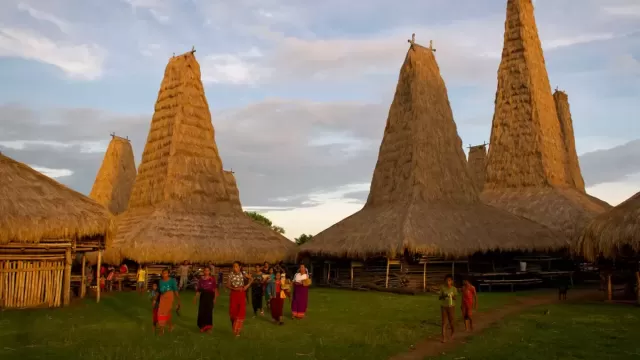
Epic Waterfalls:
Sumba boasts some of Indonesia's most spectacular waterfalls. Lapopu Waterfall is one of the tallest in the country. Waimarang and Tanggedu are also breathtaking, and you'll often have them practically to yourself.
Mandorak Beach:
A remote beach of fine white sand, framed by red earth cliffs. It's the perfect place to feel like you're at the end of the world.
Sumba Survival Guide:
Hire a driver-guide: It's not an option, it's a necessity. Negotiate a daily rate that includes the vehicle, fuel, and their expertise.
Show deep respect: You are a guest in a very traditional culture. Please dress modestly, especially when visiting villages. Be discreet with your camera and always ask permission.
Prepare for the Basics: Charging outlets may be scarce; many places rely on generators or solar panels. Withdraw sufficient cash in major cities like Waingapu or Waikabubak.
Conclusion: How to Plan Your Trip
The most efficient way to experience this region is to fly first to Labuan Bajo (LBJ). From there, spend two to four days exploring Komodo National Park, either on day tours or a liveaboard. Then, take a flight from Labuan Bajo to Tambolaka (TMC) on Sumba. Allow at least three or four full days for Sumba to explore at a leisurely pace.
A good tip for Komodo is that if you don't want to spend the night on a boat, you can combine a full-day tour (Padar, Pink Beach, Komodo) with an afternoon tour to see the bats and snorkel in Kelor. In Sumba, your best investment will be a good local guide.
What are you waiting for to start your adventure in Indonesia?
